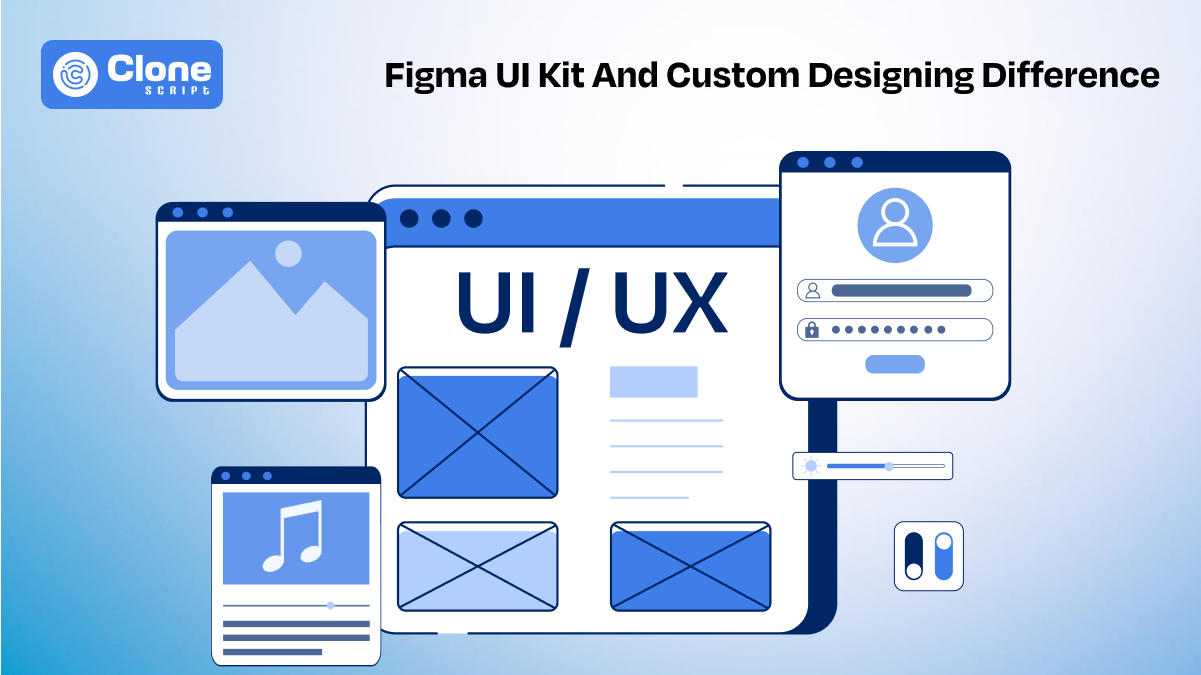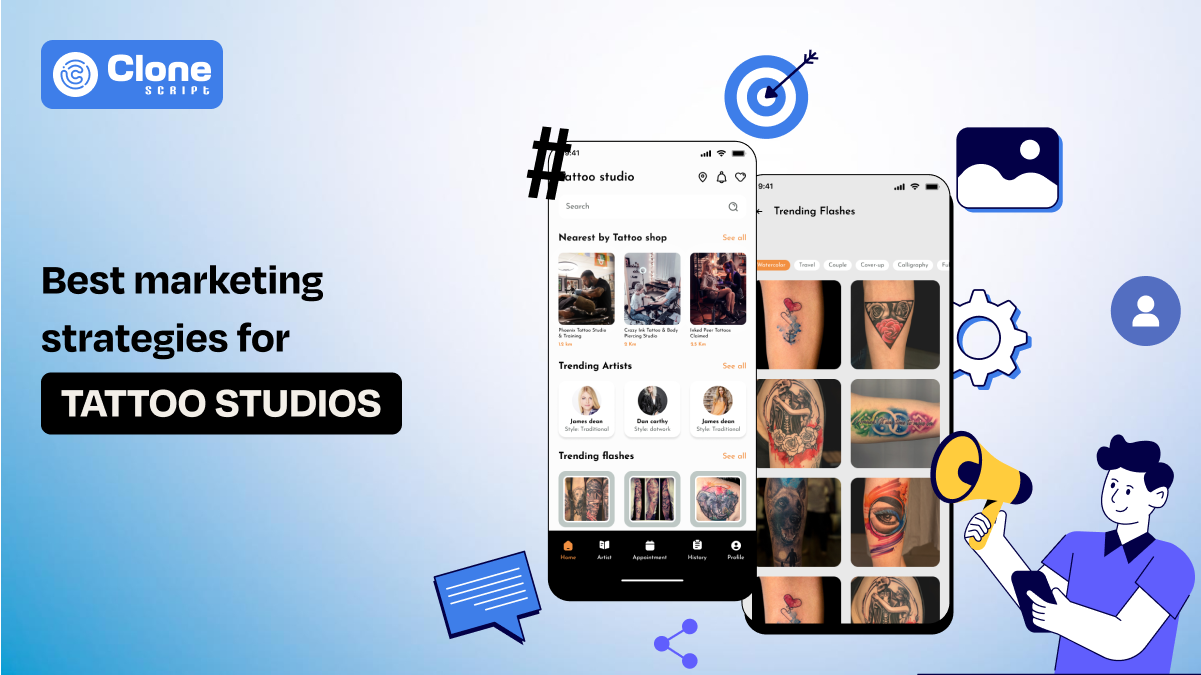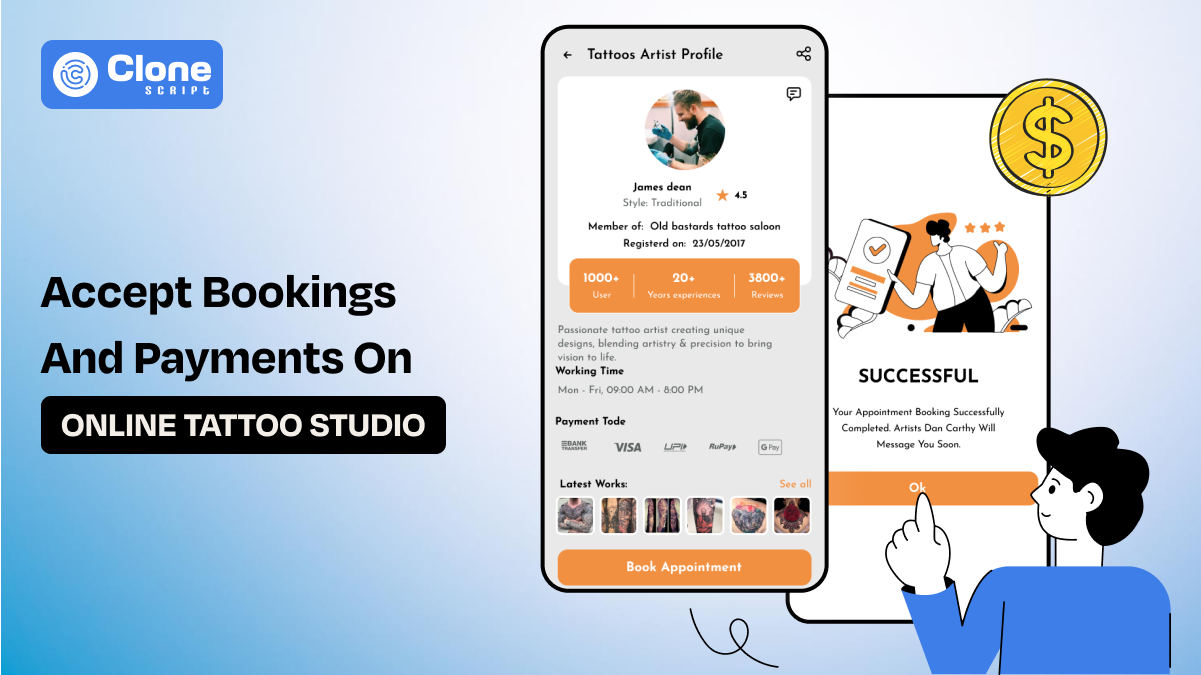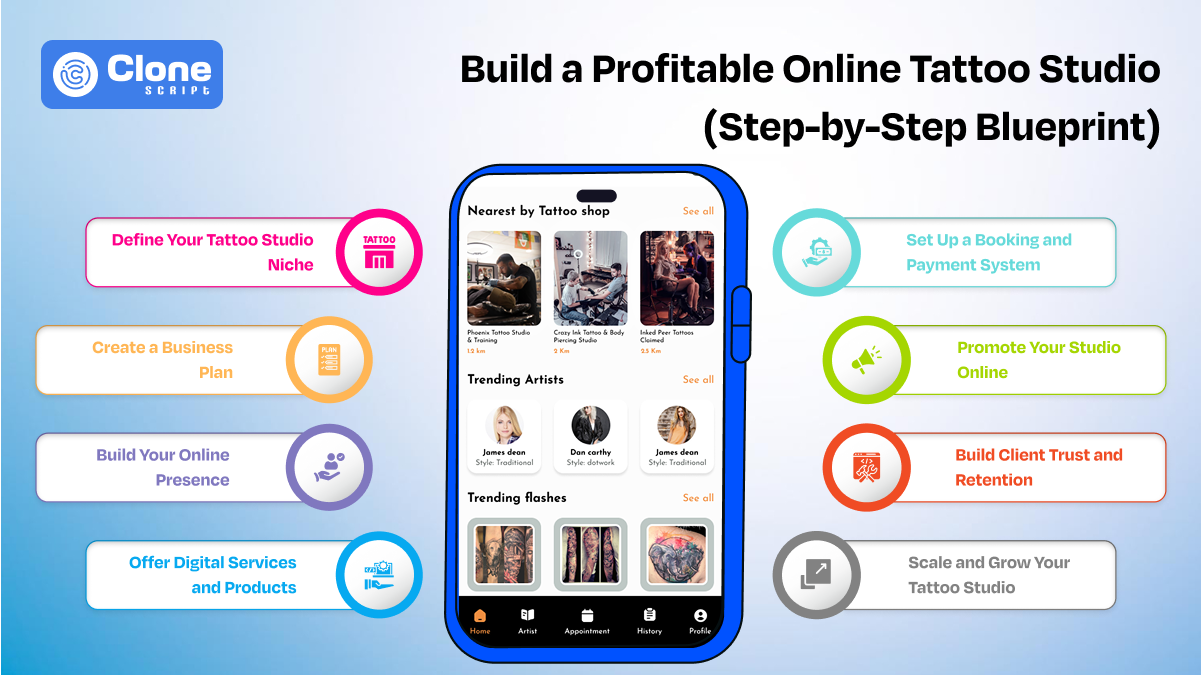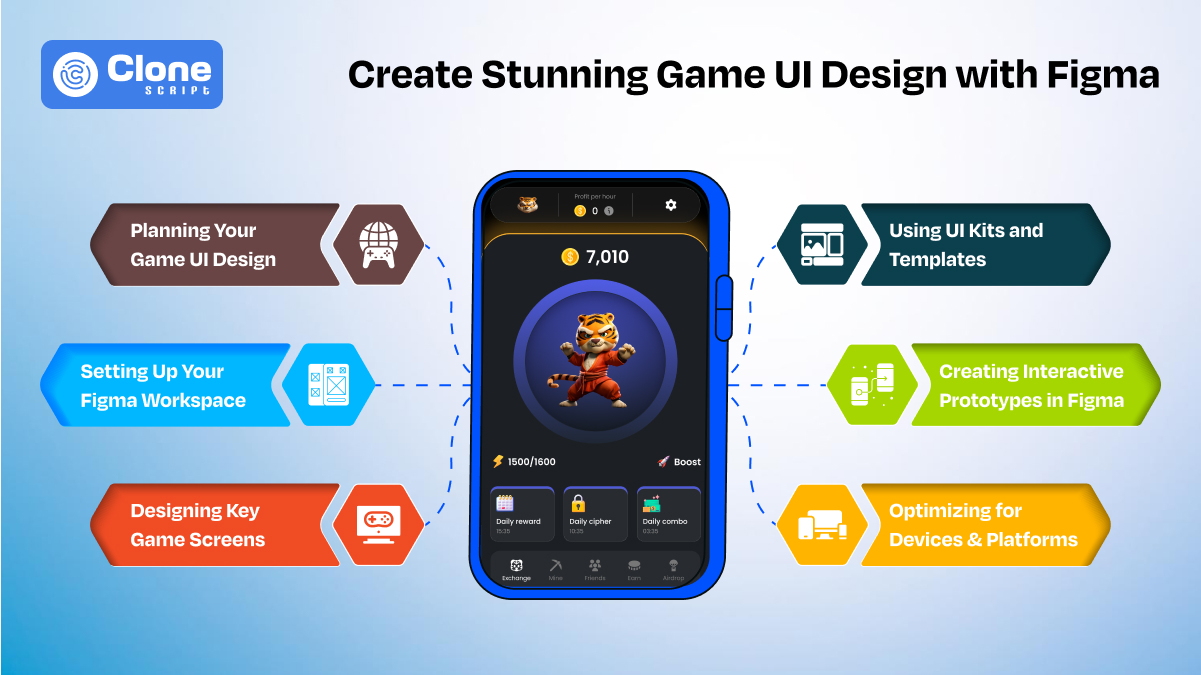Why Smart Creators Use Ready-Made Website Templates
Every developer, at some point, has stared at a blank screen, trying to piece together the structure of a new website development from scratch. But in 2025, smart creators are asking a better question: Why spend days on groundwork that’s already been solved?
Instead of getting buried in wireframes and raw CSS, experienced developers are choosing ready-made website templates. Not because they’re lazy, but because it’s the intelligent way to build fast, well, and at scale. These templates aren’t shortcuts; they’re strategic starting points, helping you focus on customization, user experience, and results.
Let’s explore what makes these templates a go-to tool for developers, freelancers, and startups alike.
What Are Ready-Made Website Templates?
A ready-made website template is a professionally designed and coded web layout that you can plug into your project immediately. Think of it as the foundation of a house: the structure is solid, the rooms are defined. You just need to decorate and furnish it to match your style.
These templates come in various forms:
-
HTML website templates for full control and a clean structure to get a better appearance in search results.
-
Bootstrap website templates that are responsive and grid-based are helpful for complex projects with a professional design.
-
E-commerce website templates for online stores with checkout-ready UI and better user experience.
-
Business website templates for services, agencies, or consulting brands to appear as a professional entity and generate leads.
-
Simple website templates for quick landing pages or portfolios, having the goal of presenting as a genuine business.
They're created by experienced designers and developers who understand UX, performance, and responsiveness.
The best part?
You can reuse them, customize them, and save hours in every new project.
Want to know how template makes the life of a web developer? Here is the answer.
Top Benefits of Using Ready-Made Templates
Let’s break down the actual value of using templates, beyond the usual “save time” fluff. These are the advantages that matter to developers and businesses alike.
1. You Save Development Hours Where It Counts
Writing HTML/CSS for a responsive layout takes time. Using a responsive website template gives you the structure, layout, and styling ahead. That means more time focusing on unique features like custom JavaScript logic, APIs, or backend integration.
2. Design Quality Without Hiring a Designer
Many templates reflect modern website design trends: clean layouts, proper spacing, color psychology, and mobile-first responsiveness. You get a polished look from day one, especially when using professional website templates for freelancers or small businesses.
3. Clients Get Faster Turnaround
If you're a freelancer or agency, using the best website templates helps you deliver projects quickly without compromising on quality. It means, Faster turnaround = happier clients = better profit margins.
4. Built-In Responsiveness
Most templates today are designed with mobile users in mind. A responsive HTML website template adjusts seamlessly to different screen sizes. No need to write hundreds of media queries.
5. Budget-Friendly for Small Businesses
Not every business can afford custom design and development, especially a startup. The best website templates for small businesses help clients get a strong online presence with a minimal budget.
6. Tested Usability and UI Patterns
Templates are created with UX in mind. Button placements, form flows, and CTAs are already tested across different projects, so you don’t have to reinvent best practices.
7. SEO-Ready Structure
Many modern templates follow best practices in semantic HTML5, heading structure, and performance, all of which contribute to better SEO. You’ll find SEO-friendly website templates for business that rank better with less technical tweaking.
Confused about who can use the web templates and deliver the project to clients? The answer is here.
Who Should Use Website Templates?
By choosing website templates, developers can solve 80% of the setup work and help them to complete projects without extending the timeline.
Here's who benefits most from using the template:
1. Freelancers
Managing 3–4 clients at a time? Web design templates help you stay efficient. With easy-to-use website templates for creators, you can deliver more projects without burnout.
2. Startups
Need to launch fast and validate ideas? A responsive HTML website template for startups gets you live in days, not weeks. Just purchase the template, integrate with the back-end, check with QA and testing, and you’re ready to go.
3. E-commerce sellers
Platforms like Shopify or WooCommerce allow template integration. A prebuilt e-commerce website template gives your product a professional space instantly and drives conversions from UX-optimized landing pages.
4. Web development agencies
For client pitches, MVPs, or white-label builds, using a business website template makes internal workflows faster and more scalable. To collaborate on a single project or multiple ones makes the task qualitative and reduces the miscommunication affecting the brand's reputation.
5. Beginners & Non-Developers
There are website templates for beginners with no coding that integrate with drag-and-drop builders. It is ideal for bloggers, small businesses, or hobbyists. There’s a difference between website builders and templates; keep this in mind when purchasing one.
You have a question about how can website template can be useful in reality? Here are some examples to refer to.
Real-Life Scenarios: Where Templates Made the Difference
Let’s skip the theory and look at real, practical outcomes.
1. Freelance Web Developer: From 3 Weeks to 3 Days
A freelancer building portfolios for coaches and speakers switched to using professional website templates. What used to take a web developer 3 weeks (design, layout, testing) now takes 3 days. Freelancer project volume doubled, and she never had to raise prices.
2. Online Store Launch: From Idea to Checkout in 5 Days
A small craft store in Berlin needed an e-commerce site fast. Their developer used a Bootstrap e-commerce website template, plugged in their product images, and connected Stripe. The business was live in five days, selling from day one.
3. Startup Prototype: Impressing Investors Early
A SaaS startup needed a sleek landing page to show investors. Instead of designing it from scratch, they grabbed a responsive website template, added their copy, and had a working MVP in under 48 hours, just in time for demo day.
These aren’t hypotheticals. They’re proof that smart, fast execution beats the custom perfection usually available.
Need an answer on how you can build a website from a template? Follow the next details.
How to Build a Website with Ready-Made Templates
If you're ready to make your dev process leaner, here's a practical step-by-step:
Step 1: Choose the Right Template
Match the template with your goal.
-
Want conversions? Look for simple website templates with clear CTAs.
-
Need a store? Choose an e-commerce website template with a cart and checkout UI.
Step 2: Check Code Quality
Look for clean HTML5/CSS3, accessibility tags, and framework support. Many Bootstrap and Tailwind CSS website templates come with SASS files and documentation.
Step 3: Customize the Design
Change the brand colors, typography, images, and layout sections for a personalized branding look. If you're using an HTML template, this part is straightforward with any code editor. Customizing a website template helps to go beyond a generic look and feel, like a unique store that users have to visit.
Step 4: Optimize for SEO
Use semantic headings, meta tags, and image alt texts. Many templates already include SEO best practices, but personalize them to your niche. As the website development cost using a template remains affordable, businesses can invest in marketing efforts, and SEO becomes its part.
Step 5: Test on All Devices
Use browser dev tools to test responsiveness. Even the best website templates might need tweaks for specific use cases. Check the demo file before making any purchase of a template.
Final thoughts: Choose Smart, Build Smart
At the end of the day, using a ready-made website template isn’t about cutting corners. It’s about focusing your time on what matters.
-
Launching quickly
-
Validating ideas
-
Building real-world apps
-
Saving clients money
-
Keeping your dev cycle lean
If you’re spending 30+ hours building the same navbar and hero section for every new client. You’re not just wasting time, you’re missing opportunities to scale.
Why use website templates instead of custom design?
Because smart creators know it’s not about where you start. It's about how fast and well you deliver.
 BTC - Bitcoin
BTC - Bitcoin
 USDTERC20 - USDT ERC20
USDTERC20 - USDT ERC20
 ETH - Ethereum
ETH - Ethereum
 BNB - Binance
BNB - Binance
 BCH - Bitcoin Cash
BCH - Bitcoin Cash
 DOGE - Dogecoin
DOGE - Dogecoin
 TRX - TRON
TRX - TRON
 USDTTRC20 - USD TRC20
USDTTRC20 - USD TRC20
 LTC - LiteCoin
LTC - LiteCoin


